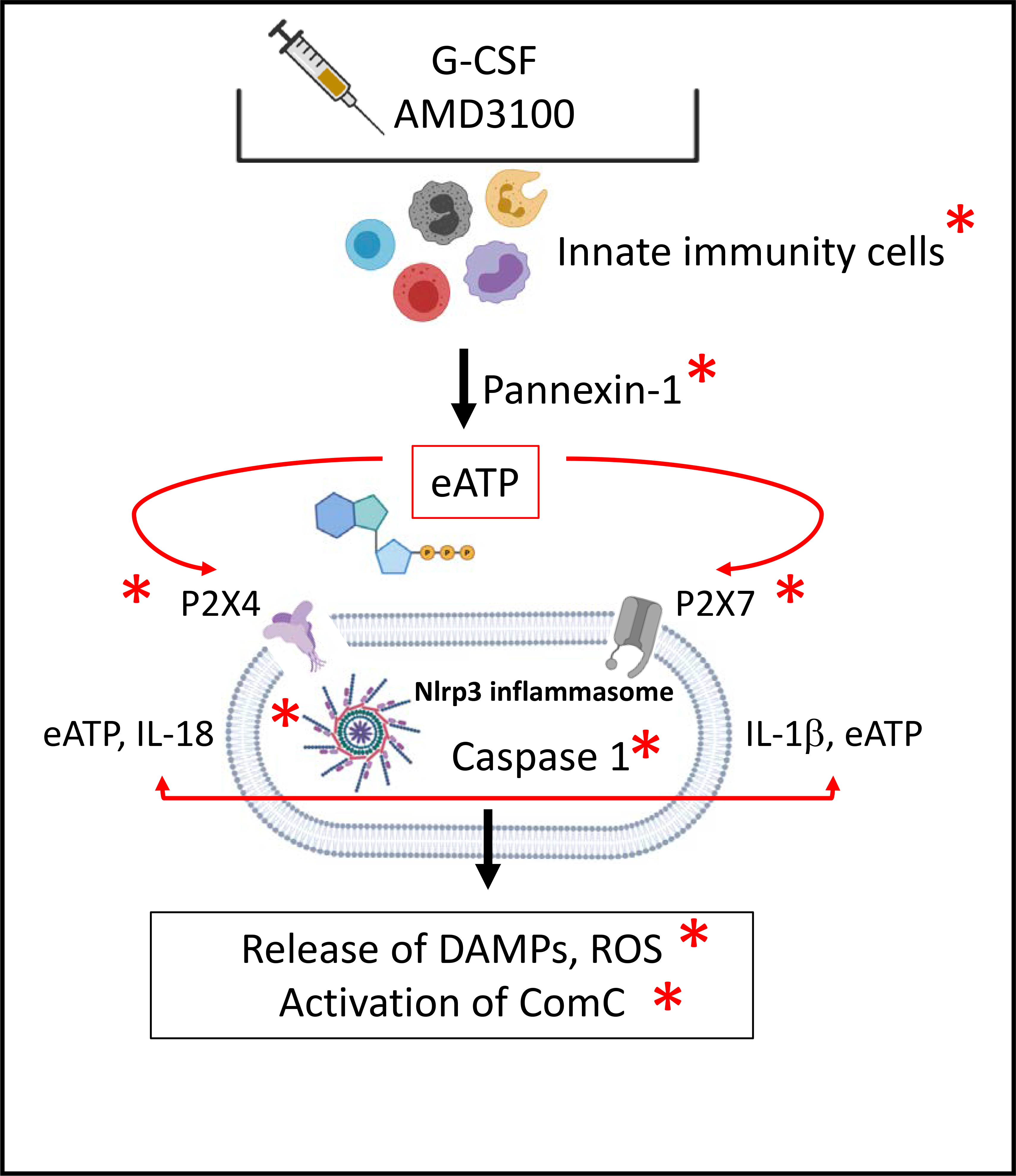Figure 1. The elements of innate immunity involved in Nlrp3 inflammasome activation whose attenuation decreases HSPC mobilization.

Pro-mobilizing agents (G-CSF or AMD3100) stimulate the release of eATP from innate immunity cells (granulocytes, monocytes, and dendritic cells) in a pannexin-1-channel-dependent manner. Once released from these cells, eATP activates Nlrp3 inflammasomes in HSPCs via the P2X4 and P2X7 receptors, which subsequently activates caspase 1 to release active IL-1β and IL-18. Autocrine/paracrine stimulation of HSPCs, innate immunity cells, and cells in the BM microenvironment leads to a release of several types of DAMPs and activation of the complement cascade (ComC). Red asterisks indicate elements whose attenuation results in poor mobilization in our recently published or preliminary results.
